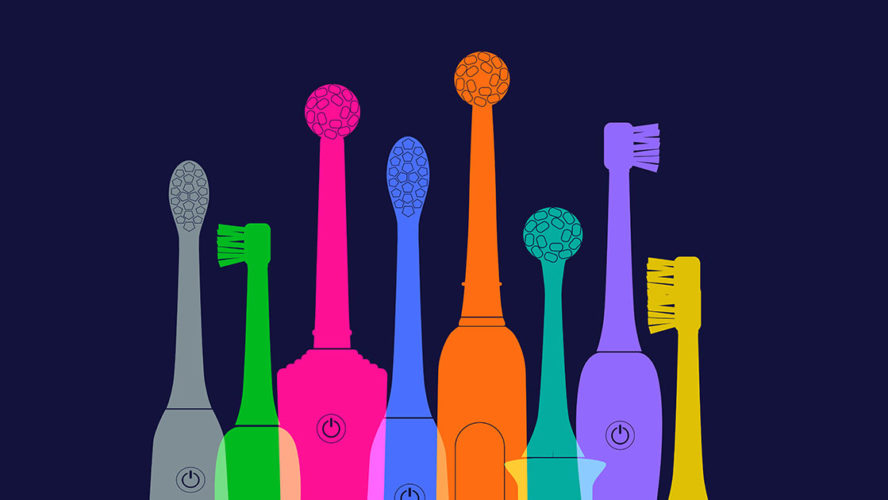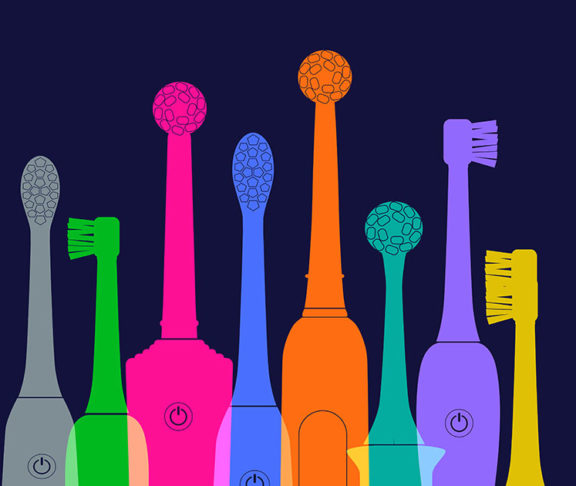
Dr. Sharlee Burch, RDH, M.P.H., Ed.D.
2021-22 President, American Dental Hygienists Association
In the early days of the pandemic, the work of oral health professionals came to a halt. The Centers for Disease Control and Prevention (CDC) recommended dental services should be limited to urgent and emergency visits only. The American Dental Hygienists’ Association (ADHA) supports the CDC recommendations. Oral health professionals like dental hygienists were deemed to be one of the most at-risk professions due to the nature of their work. These were scary times for oral health professionals who work within inches of a patient’s mouth.
When vaccines became available, many dental hygienists were eager to be vaccinated to protect themselves, their patients, and their loved ones at home. Much like the overall U.S. population, there are individual dental hygienists who are hesitant about COVID-19 vaccination. The COVID-19 vaccine is safe and effective, and the CDC recommends everyone 5 years and older get fully vaccinated against COVID-19.
According to a recently published study, as of August 30, 2021, approximately 75.4 percent of dental hygienists participating in a longitudinal study reported being fully vaccinated, and 80.5 percent had received at least one dose. Vaccine hesitancy was reported by about 14 percent of respondents. One lesson learned was that vaccine hesitancy varied significantly across age, gender, race/ethnicity, and previous COVID-19 infection, among other variables. One group with the highest hesitancy rates, 22.5 percent, was among those aged 26-39 years old. Another group with a high rate of hesitancy, 25.9 percent, was among individuals who had previously contracted COVID-19.
Misinformation
Even within a group of healthcare professionals that is educated to practice and promote disease prevention, there are different pockets of vaccine hesitancy. One factor is health misinformation.
According to Confronting Health Misinformation: The U.S. Surgeon General’s Advisory on Building a Healthy Information Environment, many people have been exposed to health misinformation during the pandemic, and “a recent study showed that even brief exposure to COVID-19 vaccine misinformation made people less likely to want a COVID-19 vaccine.”
Healthcare providers must continue to proactively engage with their patients to counteract health misinformation. The scientific data is clear that COVID-19 vaccines are safe and effective. To further the benefits of COVID-19 vaccinations, targeted efforts should be considered to break through the noise and address the concerns of vaccine hesitancy.
Resources
The CDC has helpful resources for all Americans to better understand the COVID-19 vaccines and address their concerns. One such resource for vaccine hesitancy is a guide on how to tailor COVID-19 information for different audiences. It involves three steps: 1. Understand your audience. 2. Create tailored messages and materials. 3. Get audience input and feedback.
Healthcare providers should consider their patients’ knowledge, perception, beliefs, motivations, and barriers related to COVID-19 vaccines. With this information, providers can tailor messages and materials for their patients with an emphasis on focusing on the “why,” or motivations.
As the CDC points out, “everyone who chooses to get vaccinated does it for a reason — to protect themselves and their family or to get back to activities like seeing friends, resuming work, or returning to in-person school. The reasons that drive someone’s decision to get vaccinated will always be those that are most compelling to them personally.” With this in mind, providers should incorporate values that are held by their patients.
Finally, receiving audience feedback is crucial to building trust and ensuring the message is being received and affecting the intended outcome.
COVID-19 vaccination is the best tool available to prevent serious illness and death from COVID-19. With appropriate patient intervention, dental hygienists and all healthcare providers can continue to promote the best health outcomes for their patients.

